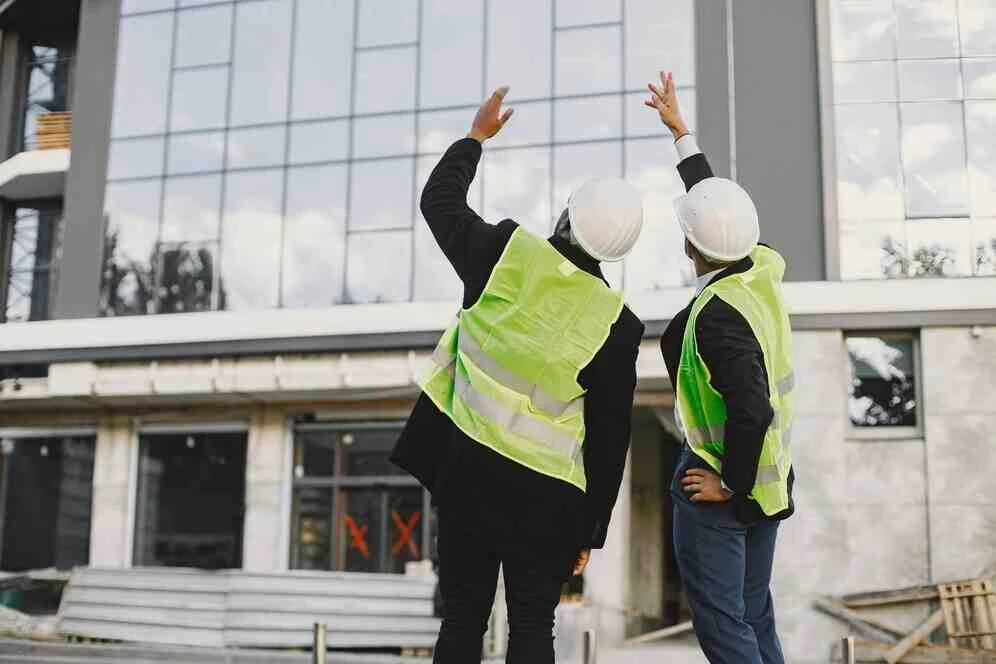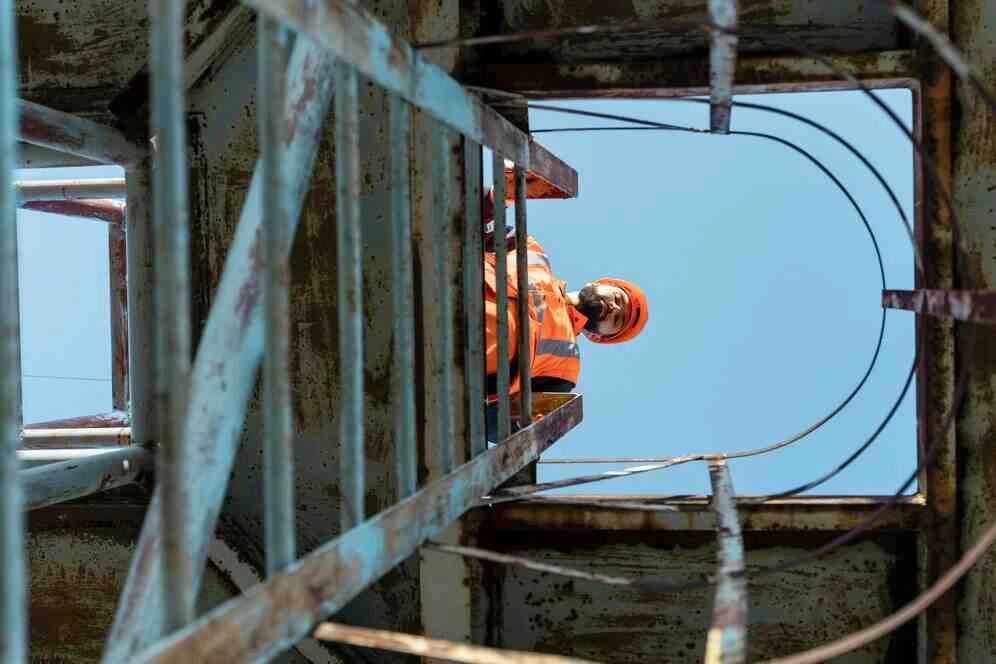
Legal Compliance in Restoration and Refurbishment Projects
**1. Building Regulations:**
Building regulations are a fundamental aspect of any construction project, including restoration and refurbishment. These regulations are set by local and national authorities to ensure the safety and functionality of structures. Compliance with building codes is mandatory and typically covers aspects like structural integrity, fire safety, accessibility, and energy efficiency.
**2. Planning Permission:**
Many restoration and refurbishment projects require planning permission, particularly if they involve changes to the external appearance of a structure or alterations to the use of the building. Failing to obtain the necessary permissions can result in legal action and the halting of the project.
**3. Conservation and Heritage Laws:**
Preserving historical and cultural heritage is often a primary goal in restoration projects. Many countries have laws in place to protect heritage sites and structures. Compliance with these laws is crucial to ensure that the historical significance of the building is retained.
**4. Environmental Regulations:**
Restoration and refurbishment projects can have an environmental impact. Laws and regulations related to environmental protection, including waste management, air quality, and hazardous materials, must be followed to minimize harm to the environment.
**5. Health and Safety Standards:**
Ensuring the safety of workers and occupants is paramount in any construction project. Compliance with health and safety standards is not just a legal requirement but also a moral obligation. Providing a safe working environment and adhering to occupational health and safety laws is essential.
**6. Contractual Agreements:**
Legal compliance also extends to the terms and conditions outlined in contractual agreements. Parties involved in a restoration project must ensure they meet their contractual obligations, and any disputes should be addressed through legal channels.
**7. Risk Management and Liability:**
Restoration engineers and project managers must have a comprehensive risk management strategy in place. This includes liability insurance to cover unforeseen issues or accidents that may occur during the project.
**8. Historic Preservation Easements:**
In some cases, properties may be subject to historic preservation easements. These are legal agreements that limit the alterations that can be made to a historic property. Understanding and adhering to these easements is crucial.
**9. Zoning Laws:**
Zoning laws dictate how land and properties can be used in a specific area. Restoration and refurbishment projects may need to comply with zoning regulations to ensure that the use and design of the building align with local zoning laws.
**10. Accessibility and Inclusivity:**
Compliance with laws that ensure accessibility and inclusivity is crucial, especially for public or commercial buildings. This includes adhering to regulations such as the Americans with Disabilities Act (ADA) in the United States or similar laws in other countries.
**11. Local Ordinances and Bylaws:**
Local ordinances and bylaws can vary greatly from one municipality to another. Restoration and refurbishment projects must adhere to these specific rules and regulations, which may include restrictions on noise, working hours, or waste disposal.
**12. Preservation Guidelines:**
Many heritage sites and historical properties have specific preservation guidelines that must be followed. These guidelines can dictate everything from the type of materials that can be used to the methods of restoration.
In conclusion, legal compliance in restoration and refurbishment projects is not a mere formality; it is a cornerstone of project success. Restoration and refurbishment professionals must navigate a complex web of legal requirements to ensure the safety, integrity, and preservation of historical and cultural treasures. Failing to comply with these regulations can result in not only legal consequences but also damage to the historical value of these structures, which these projects aim to protect and celebrate. Legal compliance ensures that the delicate balance between preserving the past and embracing the present is maintained.












